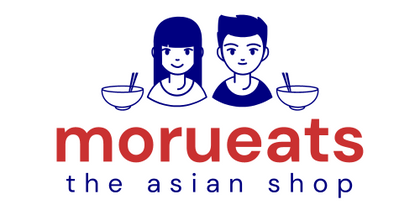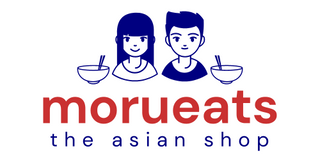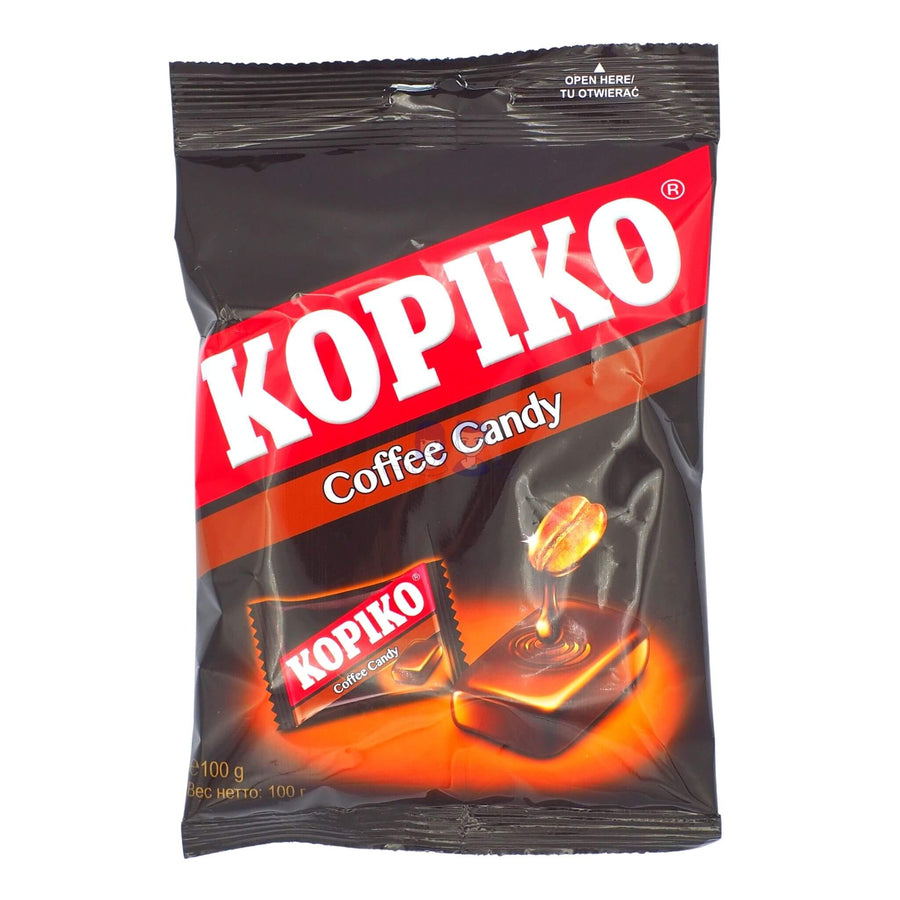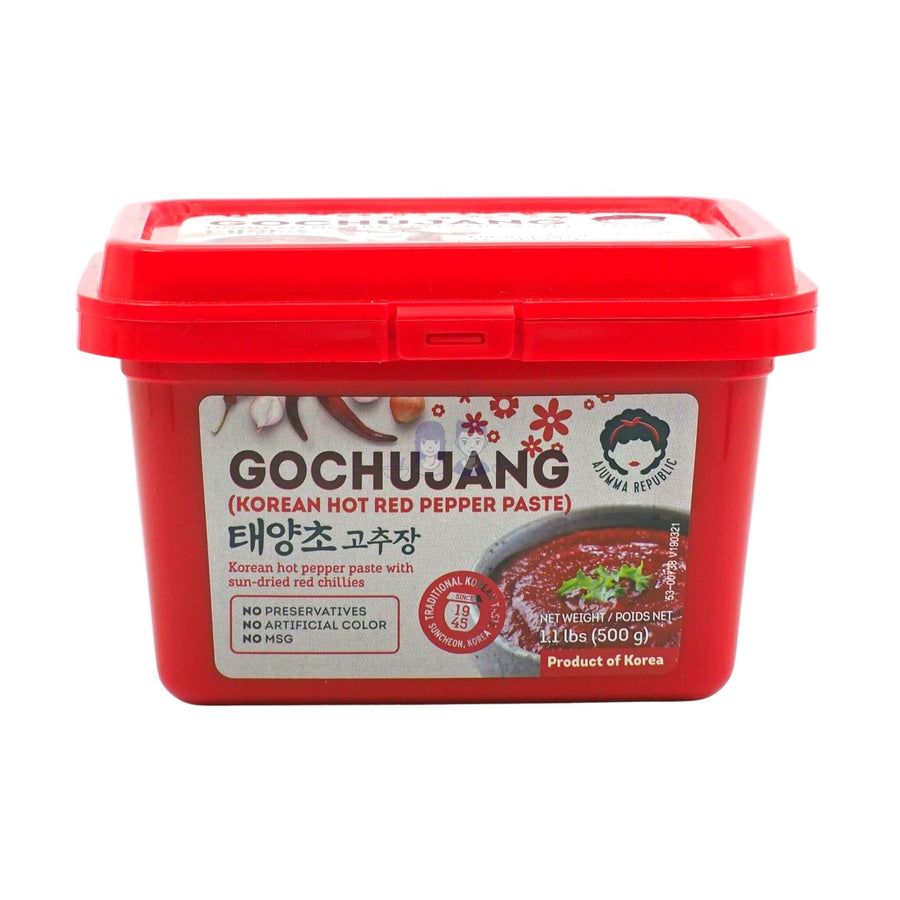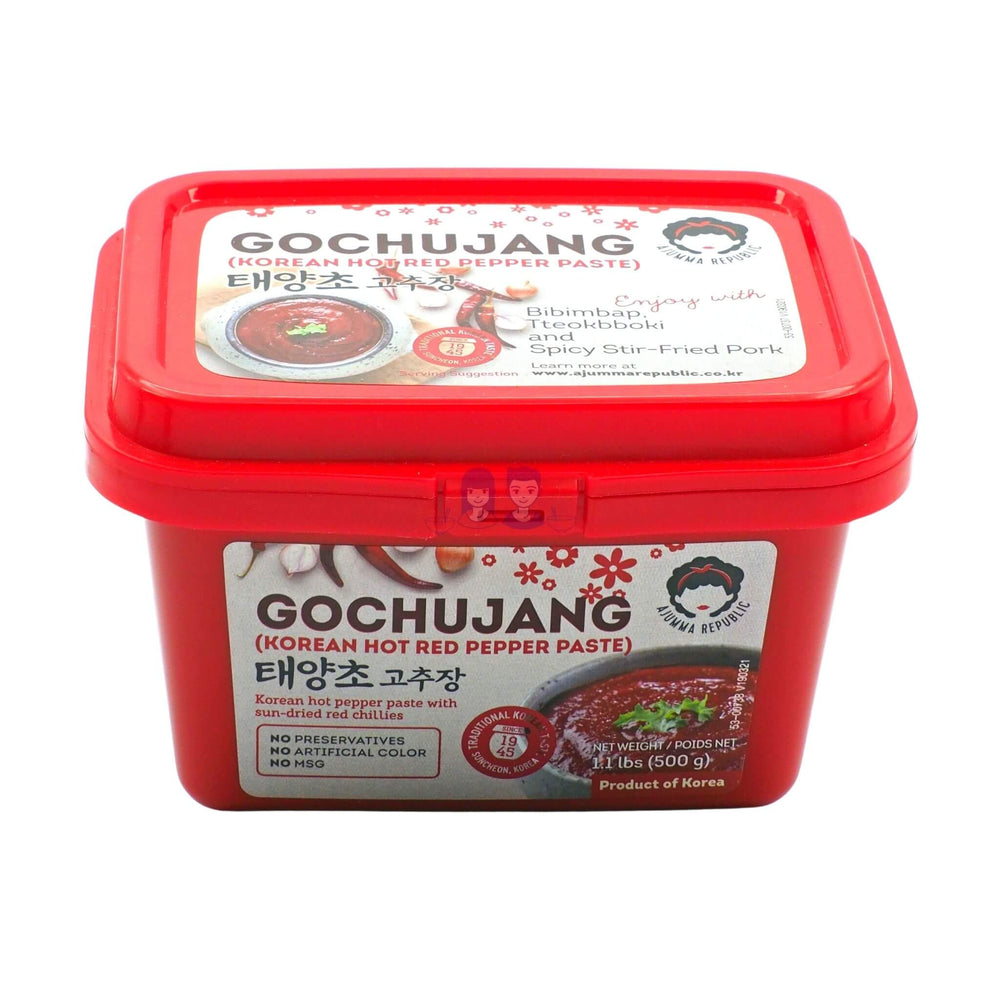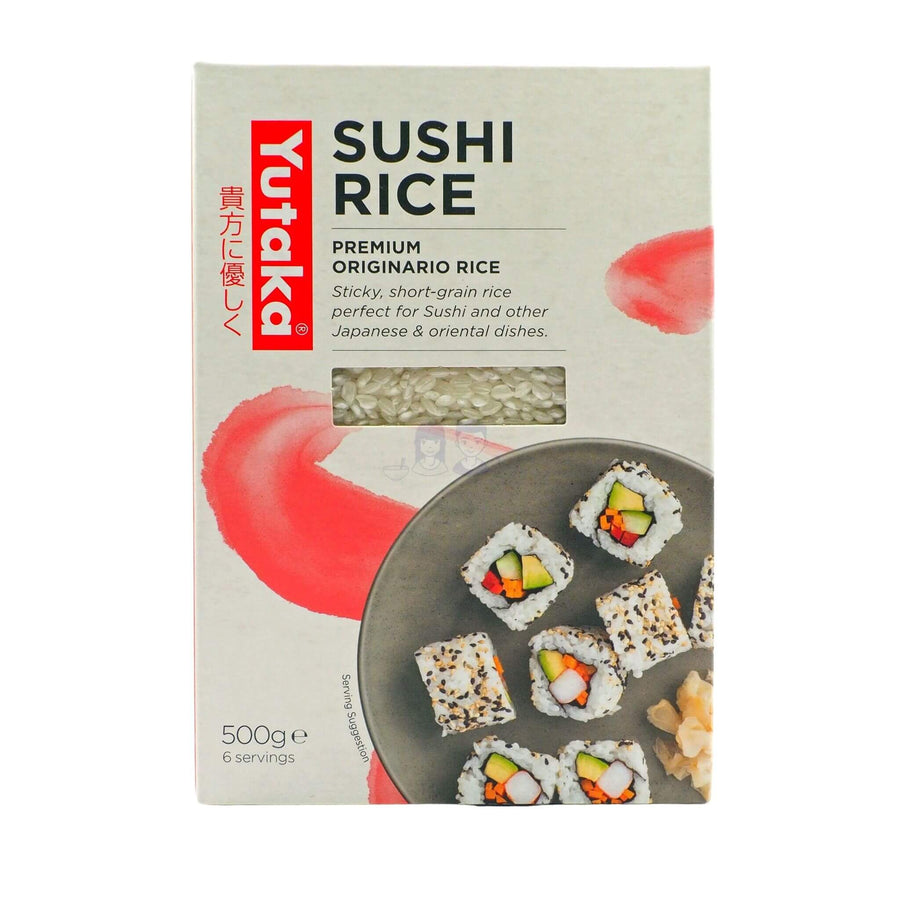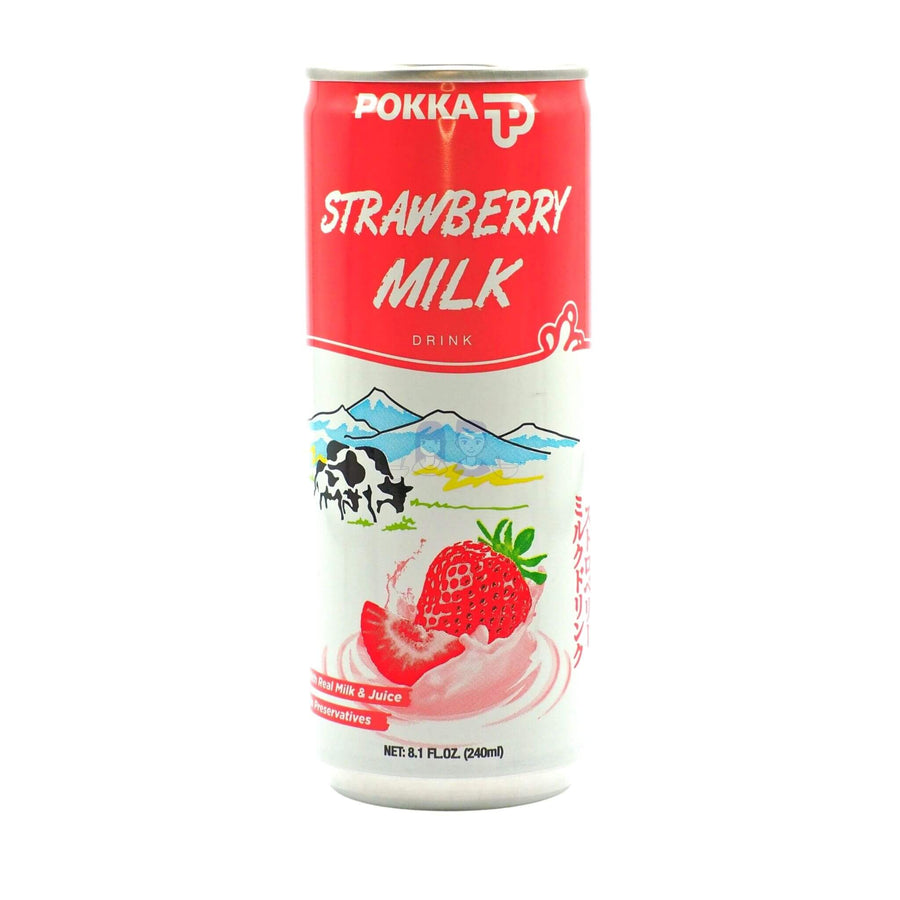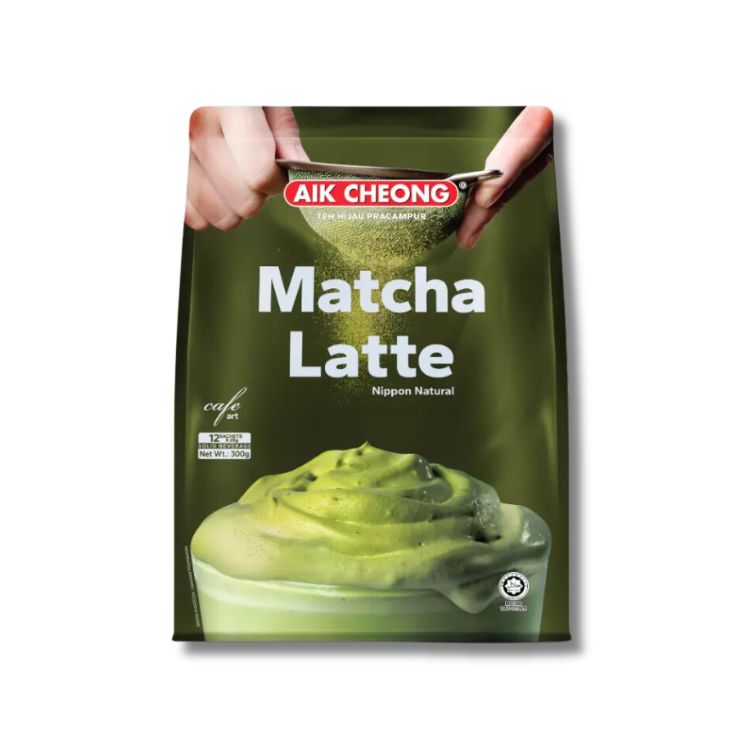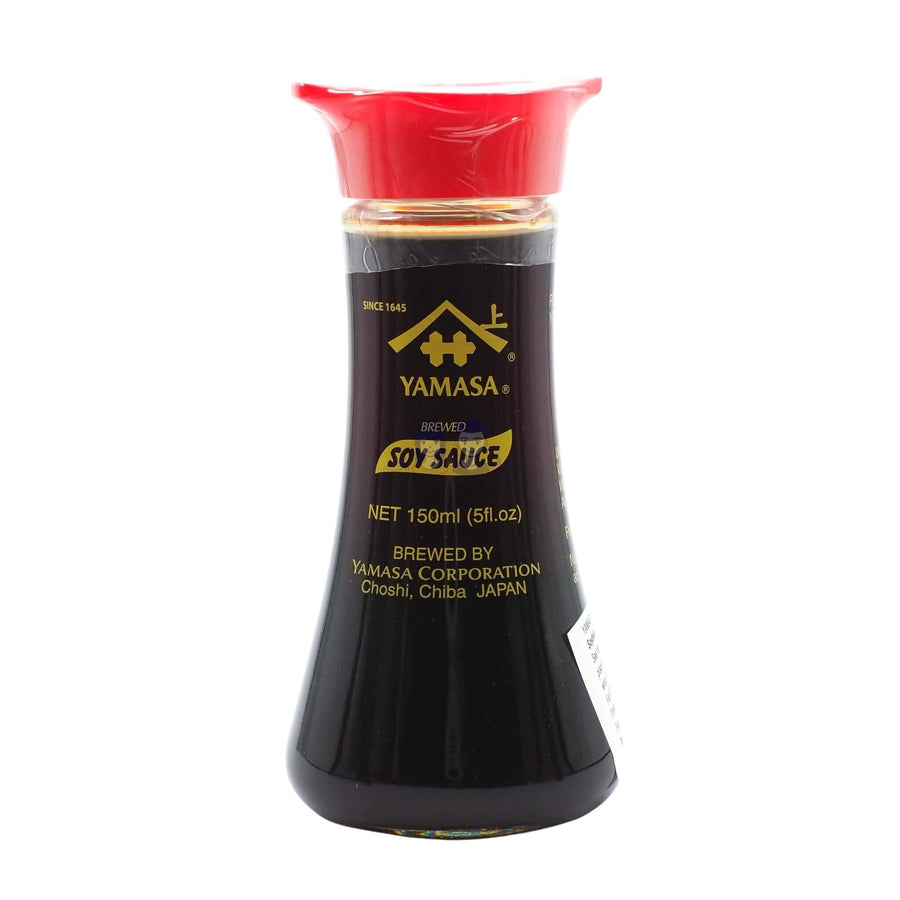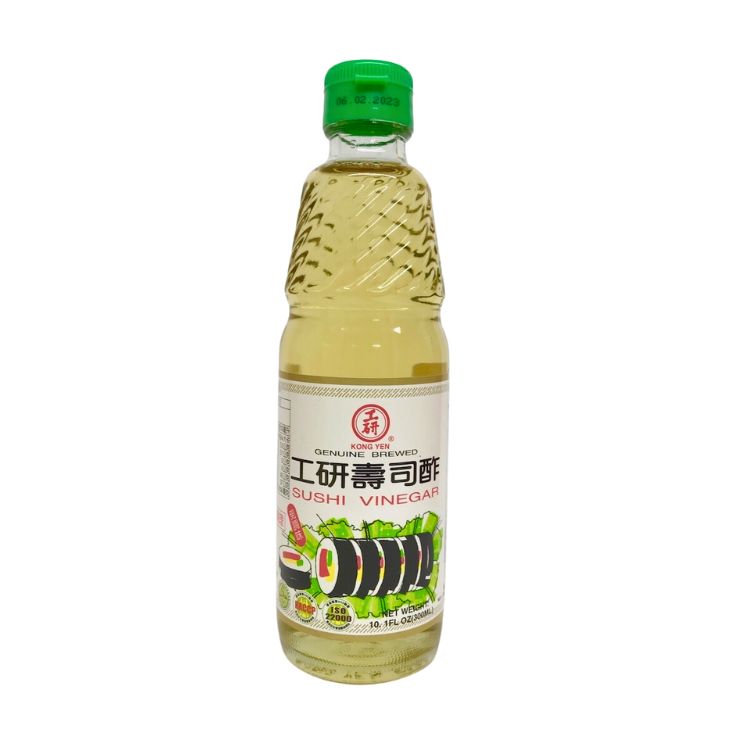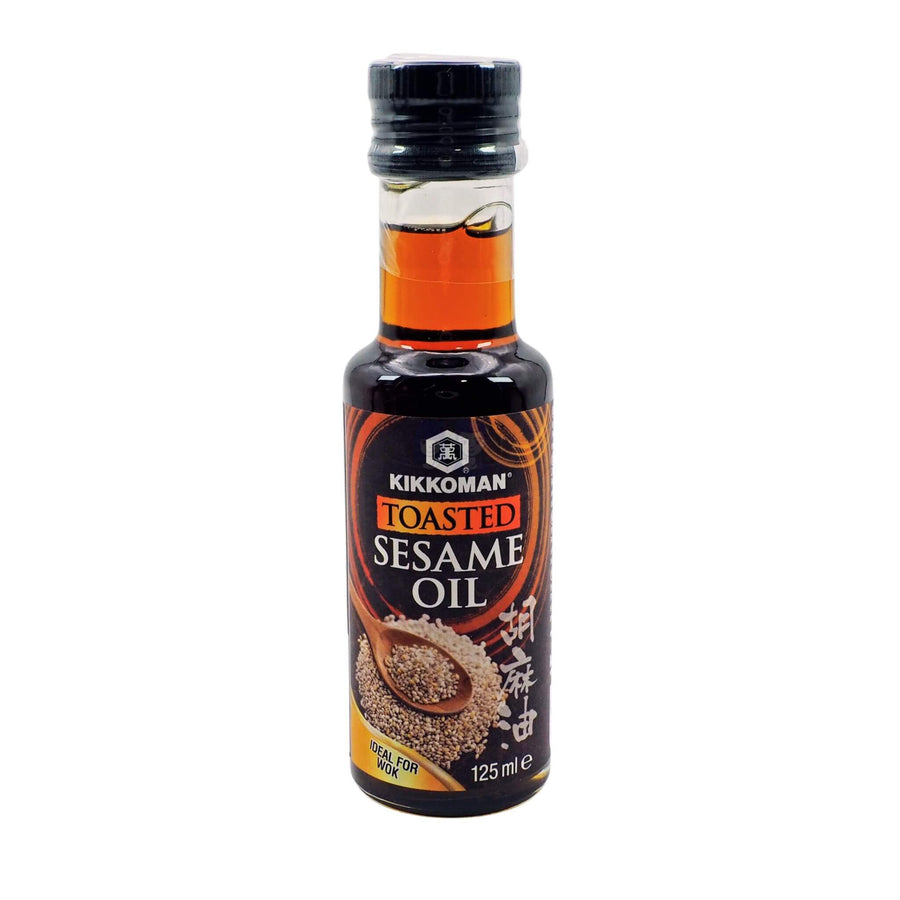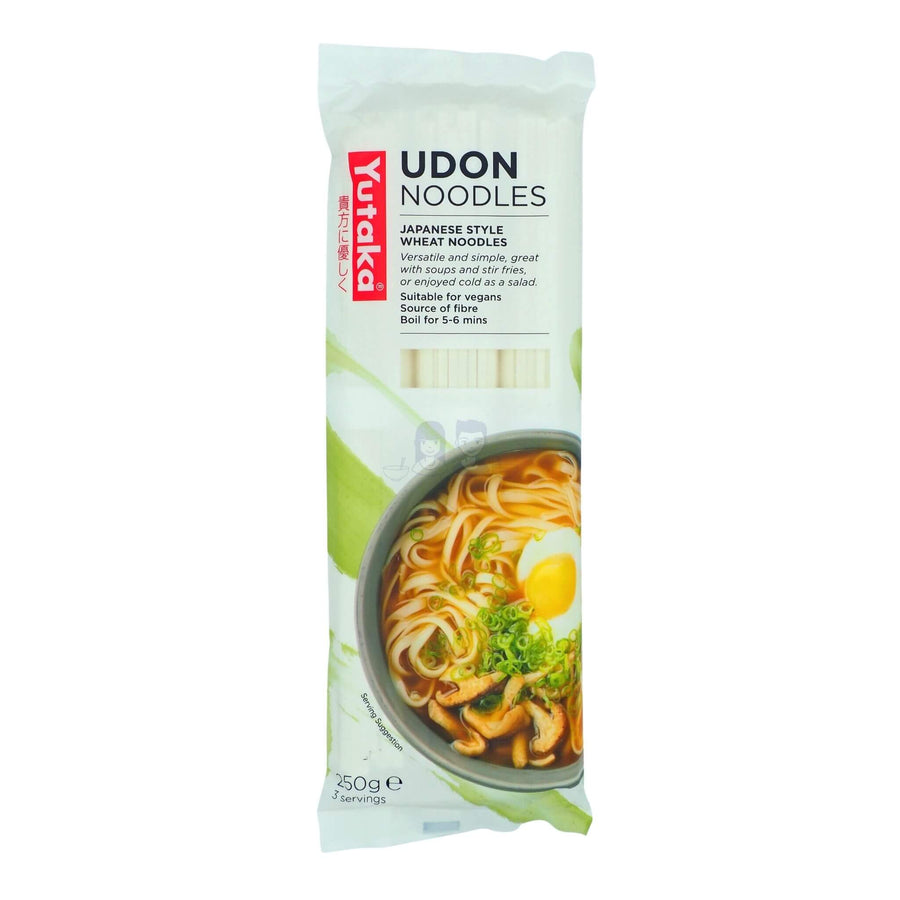What Is Dim Sum? The Story of a Chinese Cultural Tradition
Dim sum is one of the most iconic food traditions in Chinese cuisine. It comprises a wide range of delicious small dishes typically served in steamer baskets or on small plates.
Dim sum has a history dating back thousands of years, all the way back to the ancient Chinese Song dynasty. Today, its popularity extends to all corners of the globe, including Chinese restaurants in many countries.
There is a wide variety of dim sum available, including everything from steamed dumplings and pork puff pastries to turnip cakes. Traditionally enjoyed for breakfast or brunch, dim sum is so much more than just a meal. It's a cultural experience shared with family and friends over cups of hot Chinese tea.
Today we’ll explore the origins of dim sum, the different types of dim sum you can find, and how to properly enjoy them.
→ Shop now: Our handpicked range of Chinese products
The Origins of Dim Sum
Dim sum in Chinese is called Dian Xin (点心), literally meaning "to touch the heart".
The culture of eating these small dishes is believed to have started in the 10th century during the Song dynasty. Royal chefs in the northern part of the country started making small dishes for the royal family. They used various types of special ingredients such as lark tongue and roasted pheasant. Due to their status and great taste, the dishes started gaining popularity with the commoners in the area.
As the centuries passed, a gradual migration of people from northern to southern parts of China occurred. People from the north brought their customs, and continued to prepare and serve the small dishes they loved.
Over time, the menu of these dishes started to evolve and expand, taking inspiration from a variety of other cuisines and cultures. By the 19th century, dim sum became extremely popular in Cantonese parts of the country. This included modern-day Guangdong and Hong Kong.
Traders and travellers frequently visited both of these cities and started eating dim sum in tea houses during their free time. This eventually evolved into the modern concept of yum cha, which involves enjoying dim sum with tea.
Popular Types of Dim Sum
A. Dumplings
One of the most popular types of dim sum is dumplings. Dumpling is a catch-all term used to describe a dish of small dough parcels which have been wrapped around a filling. The dumplings can be steamed, pan-fried or boiled.
#1 Chinese dumpling (Jiao zi)
The most common dumpling is jiao zi which is the generic Chinese term for dumpling. Popular fillings include pork, prawns and vegetables. We think it tastes best when dipped into a sauce such as a mix of soy sauce, rice vinegar and ginger.

#2 Shrimp dumpling (Har gow)
Among the many steamed dim sums out there, shrimp dumplings (Har gow) are among the most well-known. These dumplings have a smooth and translucent wrapping made from tapioca flour and wheat starch. They contain juicy pieces of shrimp inside and are usually served alongside Shu Mai.

#3 Shrimp and pork cup dumplings (Shu mai)
Shu mai is another popular type of steamed dim sum. Shu mai has a cup-like shape with a flower-shaped top. It uses a lye water dough for its wrapper which is typically yellow. The filling may differ by recipe, but in general, you can find a combination of shrimp, ground pork, scallion, ginger, and black mushrooms within. It is also common for a garnish of fish roe or diced carrot to be placed at the top to create an orange dot.

#4 Shanghai soup dumpling (Xiao long bao)
Another crowd-favourite steamed dim sum is the Shanghai soup dumpling (Xiao long bao). Xiao long bao is one of the oldest dumpling dishes in existence and is a staple of any yum cha trip. They are made using paper-thin wrappers and contain a filling of ground pork and savoury hot broth.

#5 Potsticker dumplings (Wor tip)
These dumplings are rolled using a very thin wrap and filled with vegetables, seafood, or ground meat. They are unique due to their cooking method.
First, you will have to pan-fry them. Then, you need to let them steam and boil at the same time in hot water while covering the pot with a lid. Finally, you will have to fry them again once the steam evaporates. This will result in a crispy yet moist dim sum dish.

#6 Fried wontons (Hun tun)
Fried wonton is another very delicious fried dim sum you can try. They are usually stuffed with savoury meat, typically pork, and are made super crispy. You can use various types of wrappers for fried wonton, such as egg roll wrappers and dumpling wrappers.

#7 Fried taro dumplings (Wu gok)
Also known as taro croquettes, fried taro dumplings are iconic dumplings with a crispy and fluffy outer layer of boiled and mashed taro. On the inside is most commonly seasoned ground pork although other fillings are possible.

For more information on dumplings, you may find our Guide to Chinese & Asian Dumplings interesting.
B. Bread and buns
Buns and tarts are also very popular dim sum dishes.
#1 BBQ pork bun (Char siu bao)
The BBQ pork bun (char siu bao), is one of the most legendary dim sum dishes you can find. They are fluffy, white, steamed buns stuffed with a sweet and savoury BBQ pork filling. You will often find them served in bamboo steamers, similar to most dim sum dishes.

#2 Chicken buns (Gai bao)
If you don’t like to eat pork, then alternatively you can try chicken and vegetable buns (gai bao). Similar to char siu bao, these are white bready buns filled with meat, the only difference between them being filling. Gai bao buns are usually stuffed with mushrooms, chicken, and a tasty herb and vegetable mixture.

#3 Pork puff pastry (Char siu sou)
Pork puff pastries are one of the most exciting and underrated dim sum dishes out there. They comprise a soft and crisp outer layer of puff pastry, complete with a sweet char siu (BBQ pork) or venison filling. White or black sesame seeds are added to the top.

#4 Sesame prawn toast
Sesame prawn toasts are delicious dim sum nibbles. They are made by deep frying small triangle-shaped slices of bread with a prawn paste on the outside.

C. Fried or Baked Dim Sum
Fried and baked dim sum dishes are a dime a dozen.
#1 Spring rolls (Chun juan)
We highly recommend using spring roll wrappers. Spring roll wrappers are much thinner compared to other wrappers, so your friend wonton will be that much crispier.
As we are talking about spring rolls, it should be noted that they themselves are a very popular fried dim sum dish. There are numerous varieties of spring rolls out there including cabbage spring rolls and pork spring rolls. You can even find sweet spring roll dishes that are usually filled with red bean paste. All of them are wrapped using a cylindrical pastry before then being pan-fried or deep-fried.

#2 Turnip cakes (Luo bo gao)
Turnip cakes make a delicious and crispy savoury dim sum dish. However, they don’t actually contain turnips, but shredded radish and rice flour. It is common to find additional fillings such as dried shrimp, meat, sausage or mushrooms.
Turnip cake variants include taro cakes and carrot cakes which are especially popular in Singapore.

D. Rice and Noodles
A less common type of dim sum are those that involve rice or noodles.
#1 Rice noodle rolls (Cheong fun)
Rice noodle rolls can have a number of fillings including beef, BBQ pork, mixed vegetables, or prawns. The sheets used to wrap them are made from rice noodles and are usually quite large compared to the size of the filling. They are also usually served with sweetened soy sauce.

#2 Glutinous rice wrapped in lotus leaves (Lo mai gai)
Another delicious rice-based dim sum you can try is the glutinous rice wrapped in lotus leaves (lo mai gai. These sticky and savoury rice packets can be stuffed with mushrooms, pork, or marinated chicken. They are then wrapped using re-hydrated lotus leaves rather than pastry dough like most dim sum dishes.

E. Congee (Shi fan)
Congee (jouk 粥) is a very popular dish to be eaten either by itself (plain) or with other popular Chinese ingredients added to it. They are savoury and creamy porridges that are usually eaten for breakfast.

F. Desserts
Mixing it up a bit, next on our list are a couple of sweet dim sum options.
#1 Custard buns (Nai wong bao)
These are white and soft buns filled with a delicious sweet custard mixture. This mixture is usually made using custard powder, condensed milk, eggs, butter, sugar, and cornstarch.

#2 Egg tarts (Dan ta)
Another well-liked sweet dim sum dish is the Chinese egg tart. Not unlike the Portuguese pastel de nata tart, Chinese egg tarts have a crunchy, buttery crust and a rich, golden egg custard filling.
They have a very sweet and rich taste, making them perfect for wrapping up a meal. Some fancy restaurants even offer bird’s nest egg tarts to take the dish to another level.

How to Eat and Order Dim Sum
Dim sum is typically consumed for either breakfast or brunch. This is reflected in the fact that most traditional dim sum restaurants open from around 5 in the morning to midday.
You can enjoy dim sum any way you prefer. However, if you want to immerse yourself in the traditional experience, consider these guidelines on how to order and eat dim sum like a local.
- Start with Tea: Upon seating, a server will ask for your choice of tea. Popular options include Jasmine, Oolong and Pu-erh, tea. Tea is certainly a must due to how intertwined the two things are. Don’t forget to use traditional tea cups to sip your tea!
- Browse the Dishes: If carts are present, feel free to browse and select dishes that catch your eye. Don't hesitate to ask about unfamiliar items.
- Share with Your Group: Dim sum is all about sharing. Order a variety of dishes for the table so everyone can sample different flavours.
- Sauces at the Ready: Before you start eating, ensure you have a selection of your favourite Chinese sauces on the table. We suggest soy sauce and chilli sauce at a minimum. You can also eat dim sum alongside rice or noodles if you feel especially hungry.
- Use Chopsticks: Make sure you have all the right utensils. Just like other popular Cantonese foods, you would want to eat dim sum using chopsticks and a small plate. This means no forks! You can also use a small bowl and a soup spoon to eat, well, soup.
Tea Pairing with Dim Sum
No dim sum experience is complete without a pot of fragrant Chinese tea. Traditionally, Chinese tea is an integral part of enjoying dim sum as it enhances the flavours of the dishes and helps with digestion. Popular teas to pair with dim sum include:
- Jasmine Tea: The default tea served at Dim Sum restaurants is made by combining green tea leaves with jasmine flowers.
- Oolong Tea: A semi-oxidised tea offering a balance between green and black tea flavours, with floral and fruity undertones.
- Pu-erh Tea: A fermented dark tea with rich, earthy notes known for its digestive benefits.
When dining, it's customary to pour tea for others before filling your cup as a sign of respect. We believe this ritual adds to the communal atmosphere that makes dim sum dining so special.
Final Word
The world of dim sum is a wide and fascinating one. There are so many types of dim sum dishes out there, each with its unique characteristics. We suggest you give them all a try and find what best suits your palate!
